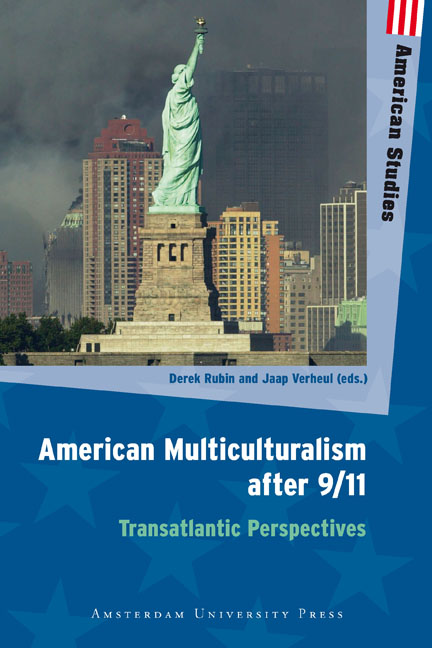“How could this have happened in Holland?” American Perceptions of Dutch Multiculturalism after 9/11
Published online by Cambridge University Press: 21 January 2021
Summary
“Something sad and terrible is happening to the Netherlands, long one of Europe's most tolerant, decent and multicultural societies.” With these ominous words, the editorial of the New York Times started its analysis of the “deadly hatreds” that had seemingly engulfed the Netherlands after two political assassinations in 2002 and 2004. What had happened in the Netherlands was, without a doubt, dramatic enough to justify an epic narrative. On May 6, 2002, Pim Fortuyn, the leader of a Dutch anti-immigrant party, was fatally shot just days before a national election in which he was predicted to score a massive victory. Fortuyn had become a controversial populist by attacking the established political consensus, and had especially targeted multicultural relativism toward Muslim immigrants. Dutch filmmaker Theo van Gogh, who, like Fortuyn, enjoyed being provocative and in the limelight, had similarly caused controversy by deriding political correctness and radical Islam in his films and newspaper columns. He was murdered in 2004 by a Dutch radical Muslim enraged by the short video Van Gogh had made for the ex-refugee Member of Parliament Ayaan Hirsi Ali, one of the most outspoken critics of Islam in the Netherlands. Her short video, entitled “Submission, Part One,” in which she criticized the oppression of women under Islam, was severely criticized within the Islamic community. Both political assassinations and the ensuing political turmoil radically ended the utopian tone that had marked the Dutch debate about integration for so many years.
It was no surprise that these disruptive political murders drew international attention to the Dutch debate about integration. Yet the almost elegiac wording of the New York Times article is remarkable. The newspaper was not just reporting on tragic events in a small, far-away country. It was giving meaning to fundamental developments considered highly significant for its American readers. The dramatic narrative American commentators offered to describe and analyze the astounding developments in the Netherlands offers valuable insight into the transatlantic perspective on multiculturalism after 9/11.
Framing Fortuyn
It is easy to understand why Pim Fortuyn both puzzled and intrigued American observers. With his shaved head, dandyish way of dress, and openly gay lifestyle, he was flamboyant, somewhat volatile and highly unconventional.
- Type
- Chapter
- Information
- American Multiculturalism after 9/11Transatlantic Perspectives, pp. 191 - 206Publisher: Amsterdam University PressPrint publication year: 2012

